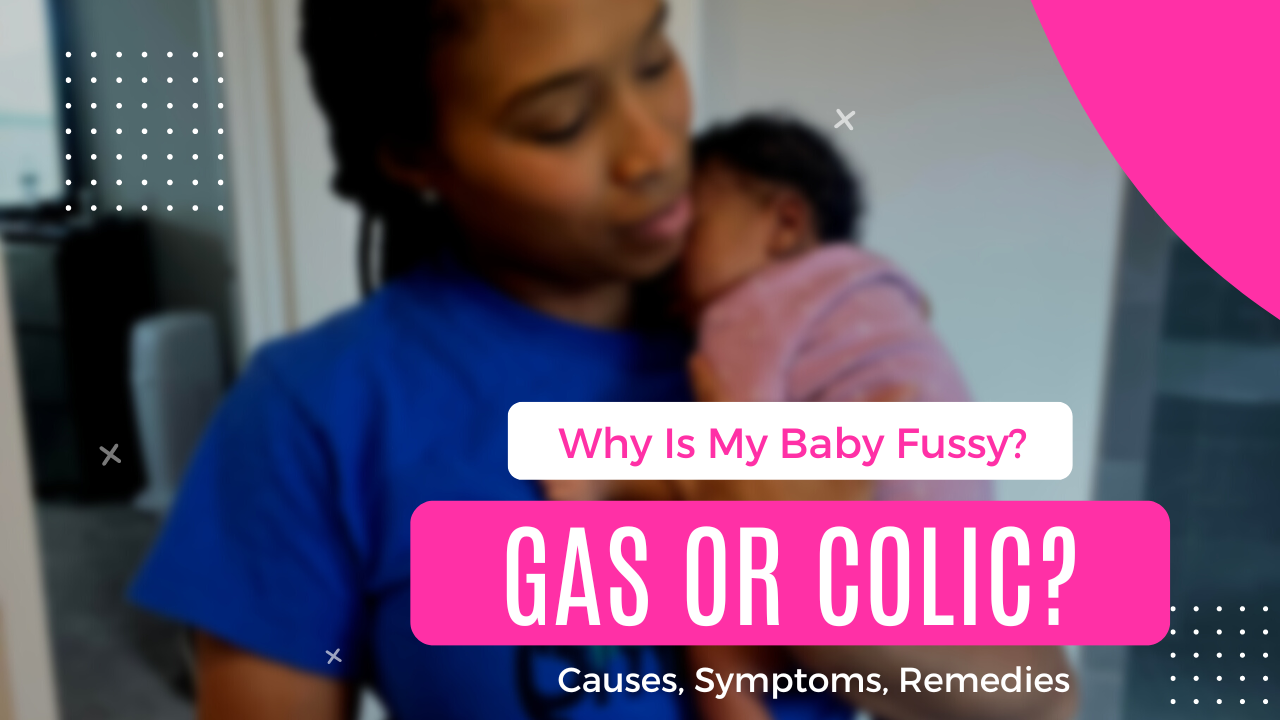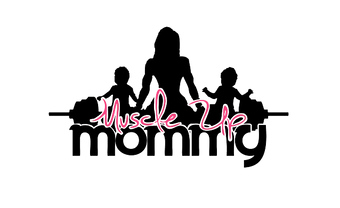Identifying Baby's Needs: Fussiness, Gas, Colic (A Guide)


In this article:
- Why won't my baby stop crying? Introduction to Colic in babies.
- Gassy or Colic: How can I tell the difference and How to Cope?
- How To Calm A Fussy Baby?
What Is Colic?
Colic is when an otherwise healthy baby cries for long periods of time for reasons that aren't always obvious.
Most babies who experience colic cry for 2-3 hours at a time, have trouble being consoled though all their needs have been met, and have disrupted sleeping patterns.
What Causes It?
Most commonly, colic happens during the wee hours of the morning (late after midnight) after baby has been fed, changed, burped and even bathed.
Don't panic. This happens to 10-26% of infants and medical professionals still haven't determined why or how, though some believe it is associated with having gas, indigestion or overfeeding.
Great news is, there's an end in sight from this uncontrollable crying and it is right around 12-16 weeks old or 3-4 months when baby has become more aware of how to self-soothe.
When Should You Call The Doctor About Colic Concerns?
If you've already spoke with your pediatrician during your baby's check up appointments, we recommend calling when these crying spells are associated with things like:
- Rashes or hives
- Vomiting
- Fever or rectal temperature of 100.4 degree Fahrenheit (38 degrees Celsius)
- Poor weight gain
- Diarrhea
- Constipation
- Decreased responsiveness
- Extreme lethargy outside of normal newborn sleep pattern
Keep in mind: Colic stages can be frustrating and a difficult time for parents and baby. Give yourself some grace and approach each night time or colicky feeding with the mindset that in a few weeks, the crying spells will be over and you'll be able to enjoy a new stage of life.
It has been studied that parents with colicky babies are more likely to experience postpartum depression because of less sleep and absorbing more of the stress hormone that's produced as a result of constant crying.
Contact your doctor or health care provider if you start feeling anxious, have thoughts of harming yourself or baby, or if you're feeling overwhelmed.
Gas Versus Colic: Identifying the Difference and How To Cope?
Gas and Colic in babies can make them fussy and feel discomfort.
The difference between the two is one gives noticeable immediate relief and the other does not.
SYMPTOMS
Gas can be identified by:
- your baby squirming
- arching body
- having increase fussiness after a feeding
CAUSES
Gas in babies happens because:
- their digestive system isn't fully developed and while drinking milk air gets trapped in their little belly.
- baby was not burped properly. This usually leads to excessive crying or discomfort.
TREATMENT
Gas is naturally produced but can be treated immediately with a few gentle pats to the back, gas drops or other gas remedies.
If you notice immediate relief after burping or poopy diaper change, your baby likely experienced gas build up that caused discomfort.
If you suspect your baby has immense gas that can't be soothed by burping or releasing air bubbles, contact your baby's pediatrician to seek relief options.
Colic unfortunately has no immediate relief treatments, but here's what you can do to calm a fussy baby.
How To Calm A Fussy Baby?
Having a fussy baby can be difficult, but there are some techniques that have been studied and are tried, tested and true to help soothe.
- Give baby a pacifier. Pacifiers help baby self-soothe.
- Help baby swallow less air. This will reduce gas build up. Remember to burp well during and after feedings. If you're bottle feeding, try to use a nipple with slower milk flow level so that baby has a better latch and less air pockets seep through while sucking.
- Use white noises to calm baby. There's several white noise baby apps that you can pull up on your phone for free to create a gentle hum and calming environment. Aside that, items around your house like running water, turning on the fan, running the vacuum, or standing near a dryer can all be used as excellent options as well. (**avoid sitting baby on top of dryer. It is dangerous and not at all recommended!!**)
- Reduce Overstimulation. Just like you can become overstimulated from sounds, bright lights, and being around a lot of people, so can baby. Take some time to create a less stimulating environment by dimming the lights, sitting in a quiet dark room, gently rubbing their back or providing a touch of warmth from your hand or bath. A great swaddle and warm bottle can be beneficial as well.
- Make sure baby isn't too hot or too cold. Having a comfortable room temperature is extremely helpful for baby. Air flow helps regulate breathing and keeps baby cool and calm. **Don't have any fans pointed directly at baby to reduce gas build up.
- Rock and Swing. Motion can be soothing to baby. Try walking while rocking baby or utilize a baby swing. This sensation allows them to calm and sleep easier.
- Check clothing. Make sure there is no sticky, wet or prickly clothing that could be making your baby uncomfortable. Check their socks to make sure there aren't any loose threads wrapped around their toes or ankles.
- Take a car ride. A car ride gives baby a vibrating sensation that helps calm them. Be sure you aren't sleepy so that you are driving safely.
- Put baby in baby carrier. Although baby is on this side of earth, they still like to feel the warmth and safety of their mother's womb. Place baby inside a carrier and walk around the house or rock back in forth. This will allow baby to feel nestled in close and listen to moms heartbeat.
- Swaddle wrap. Swaddling baby in a good air-flowing fabric will allow for a better night's sleep and recreate the feel of mom's womb as well.
All of these techniques will help soothe and calm a fussy baby.
Recommendations on Postpartum Recovery For Mom.
All this focus on baby is great, but we need mom well too. Here are some excellent things to help mom recovery after child birth:
Muscle Up Mommy Maternity Support Belt is extremely helpful for the first trimester - postpartum care.
- Provides lift to carry baby weight.
- Aides in reduces round ligament pains.
- Our 3 part belt targets the lower abdominal, back support and above belly support.
It is C-section safe and can be worn as a postpartum support during the first weeks after childbirth.
Muscle Up Mommy Postpartum Compression Belt is designed to reduce muscle separation post child birth.
- Supports to your back and core muscles after birth.
- Aides in reducing Diastasis Recti (muscle separation)
- Helps reduce belly bulging.
- Provides adjustable compression to reduce belly jiggling when laughing, coughing, and sneezing during recovery.







Leave a comment